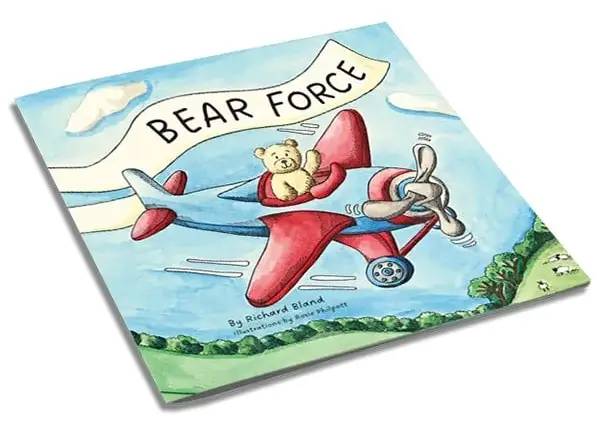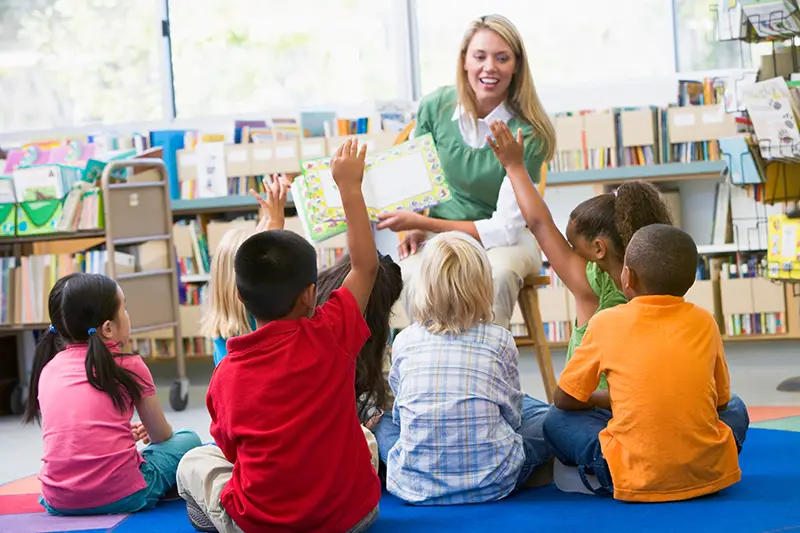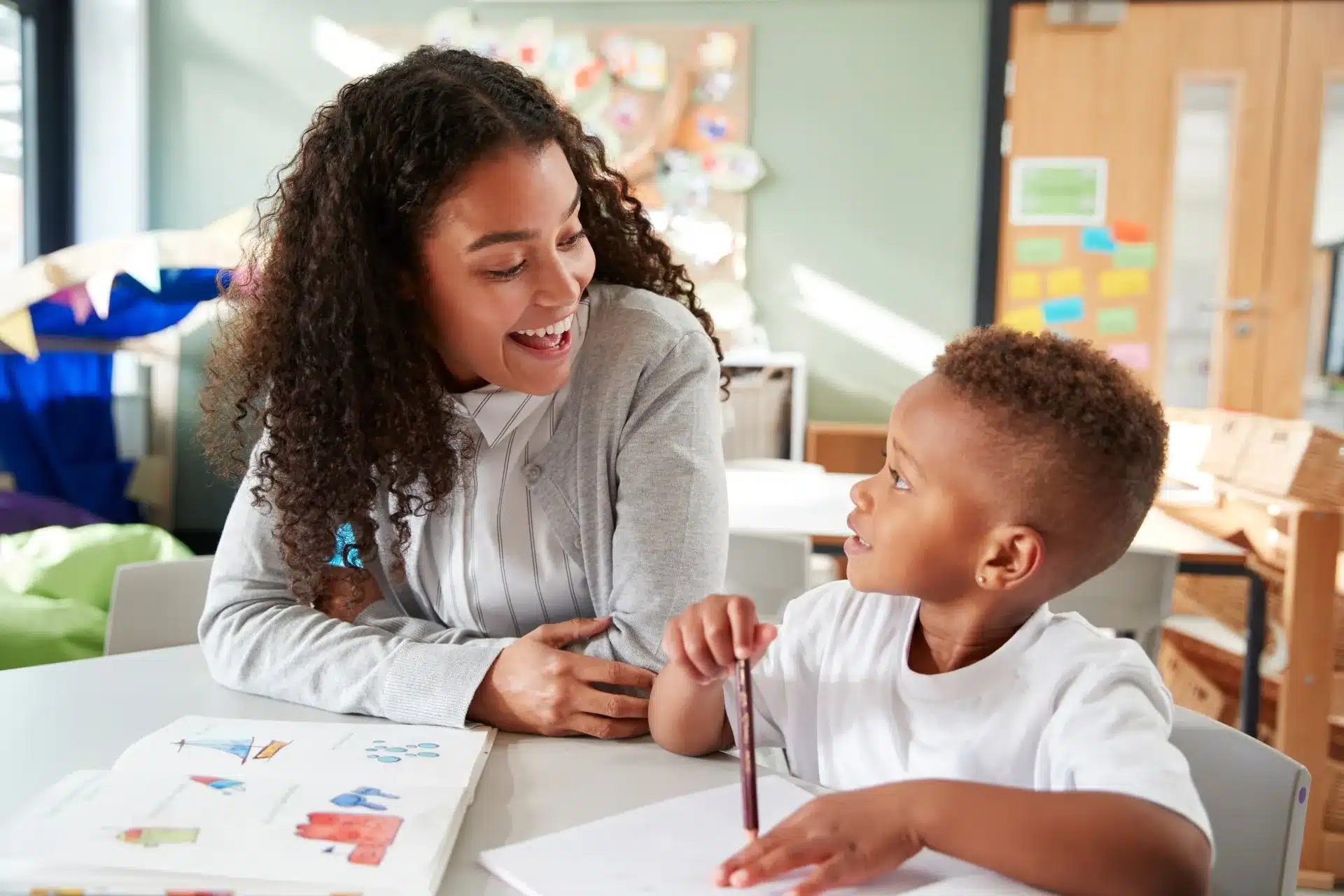The Bear Force Book
The Bear Force book
Bear Force is a delightful story that can be easily read by children and become a delightful addition to any child’s book collection. It can also be used to provide an opportunity for children to create their own ideas for AB’s adventures or explore the bear’s possible emotions as well as their own, using separate text within its pages.

The story
It is a story of an endearing bear called AB, who finds himself on a shelf in a toy warehouse. As night falls and the staff in the warehouse go home, he and his toy friends come to life and play together.
In the daytime, however, they watch the warehouse grabber pluck other toys from the shelves and take them off to their new lives. They wonder when their time will come and where they will end up.
One day it’s AB Bear’s turn and he begins to worry about what his future might be.

What our readers say…
“This little book is a fantastic tool for parents and professionals to open conversations with children that might otherwise feel too difficult. Encouraging talking about feelings as part of everyday life is a great way to support positive mental health. Brilliant!”
Charlie O’Dell
Chief Executive Office The Dove Service
How to use the book
Advice has been provided by Sarah Anderson, a children’s’ psychotherapist, who has over thirty years’ experience of working with the emotional needs of children, and the incredible management team at the charity, KidsOut, who help support children fleeing domestic abuse and those from disadvantaged backgrounds.
Further advice during the development of Bear Force, has been provided by The Dove Service, teachers, leaders within children’s organisations, and those previously affected by mental health issues during childhood.
Further information on using the Bear Force book
By Sarah Anderson, Child Psychotherapist and Founder of Fosterwiki.
You can read the story of AB Bear by itself or read it and use the subtext. This text is designed to be gentle, curious and enquiring and help children explore their emotions.
It is a non-direct way for a child to express emotions, they can speak about how AB might feel in those situations, however by definition these will be their own emotions as they will come from their own ‘frame of reference’ which simply means the set of assumptions and experiences that make them who they are and from which they judge ideas, actions and experiences.
AB bear will help them explore their own frame of reference, although, of course, they won’t know that’s what they are doing!
Read the extra text and wait for the child to respond, do not hurry or repeat the text, silence is often good as the child may be internally processing what they are feeling.
Let the child tell you what they think, don’t prompt or use words they are not using and reflect back to them what they have said so they can hear it back, they may add things or change it or think for a while if they don’t respond that’s ok too.
Let’s look at an example;
“AB waved goodbye to the other toys, as he passed the planes he gave them a ‘thumbs up’ to let them know he was okay. He would miss them a lot. “Perhaps I am going on an adventure,” he said to himself“
The additional text reads;
“AB sounds excited, but at the same time, he sounds sad about having to leave his friends behind. It seems like sometimes we can have more than one feeling at the same time. What do you think?”
Your child may say something like;
“It must make him feel upset leaving his friends, he might be cross, but he might be excited that he’s going on an adventure. I think he will miss them though.”
So the child has identified sadness, anger, excitement and loss.
Your responses can validate the child’s feelings “I think you may be right” or “It sounds like he might be upset, cross and excited all at the same time”
Or this example;
“AB sat very still “A captain? Am I on a ship?” AB wondered, there was a tearing sound as the box was opened and AB found himself staring into the eyes of a lady and two little children “Welcome to your new home. We’ve been waiting for you” said the lady. My name is Squadron Leader Miss Smith. Now let’s see how these fit” pointing to the little green uniform and hat that has been in the box with AB.”
Additional text;
It sounds like AB is just like us; sometimes things change and we move home or school and it can feel a bit scary. Sometimes though change can be exciting as we get to meet new people.
How do you think AB was feeling now?
Here it will give your child an opportunity to explore change, moving on, leaving things behind, loss, fear and meeting new people.
The way your children respond will also give you an insight into their own worries, fears and concerns, and also into how their emotions are shaped by their own frame of reference.
Resist the need to ‘fix’ such as “Oh no I don’t think he thinks that, just imagine what fun and how nice it’s going to be at his new place and all the new friends he’ll make”. As parents or carers, we are all tempted to ‘make it better’ and ‘fix’, it’s because we care, but it’s important we validate our children’s feelings if we continually try to override them the child will keep their feelings inside as they recognise our discomfort in them expressing more difficult emotions and our need to minimise them.
Remember, helping our children to express emotions and talk about the way they feel from an early age we will support their mental health both now and in their futures.


What our readers say…
“A lovely story by itself, but also helps children express how they feel. Parents and caregivers often feel overwhelmed with advice, but this offers simplicity. Talking is a key component of emotional resilience. I have recommended it to many.”
Sarah Anderson
Counselling Psychotherapist, specialising in children and adolescents
